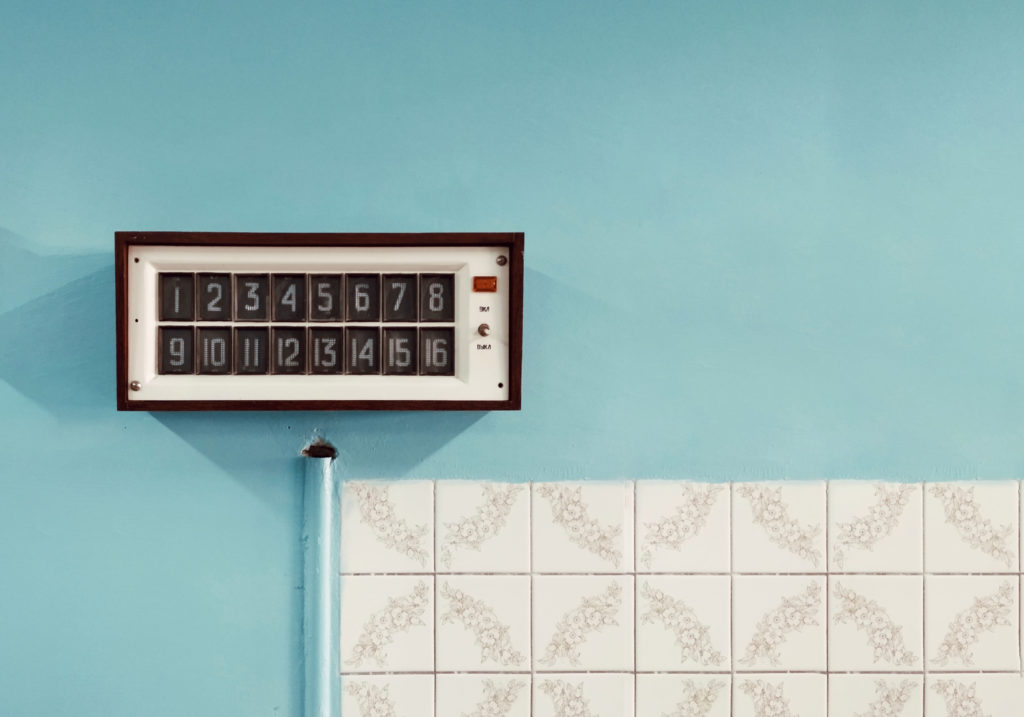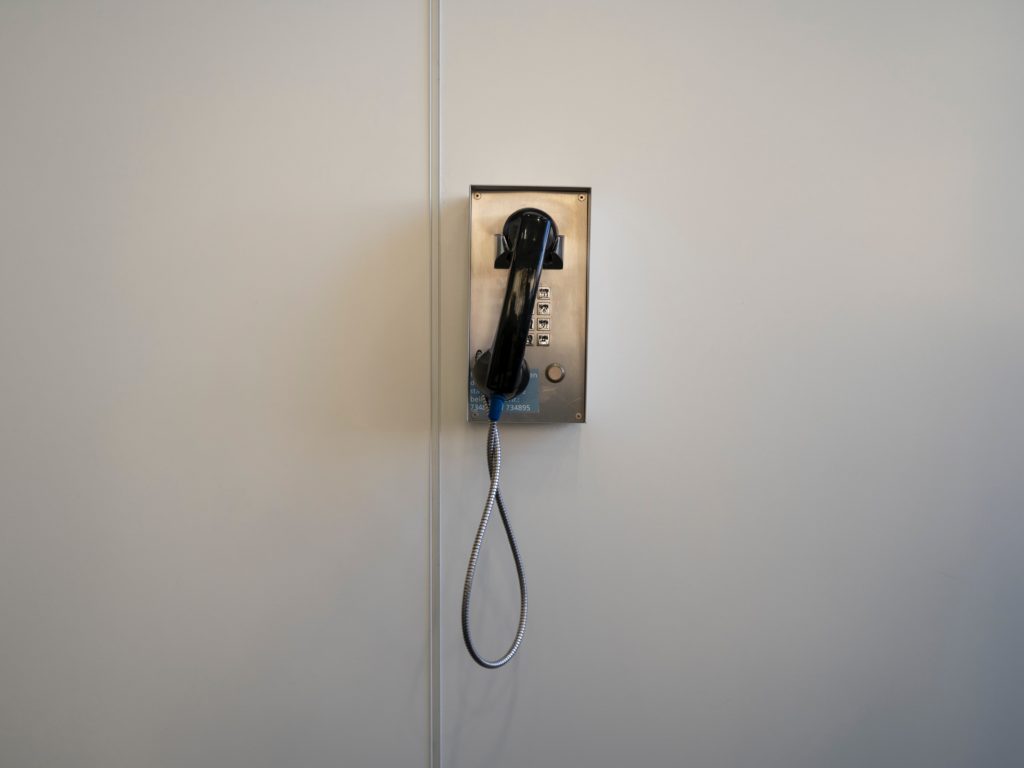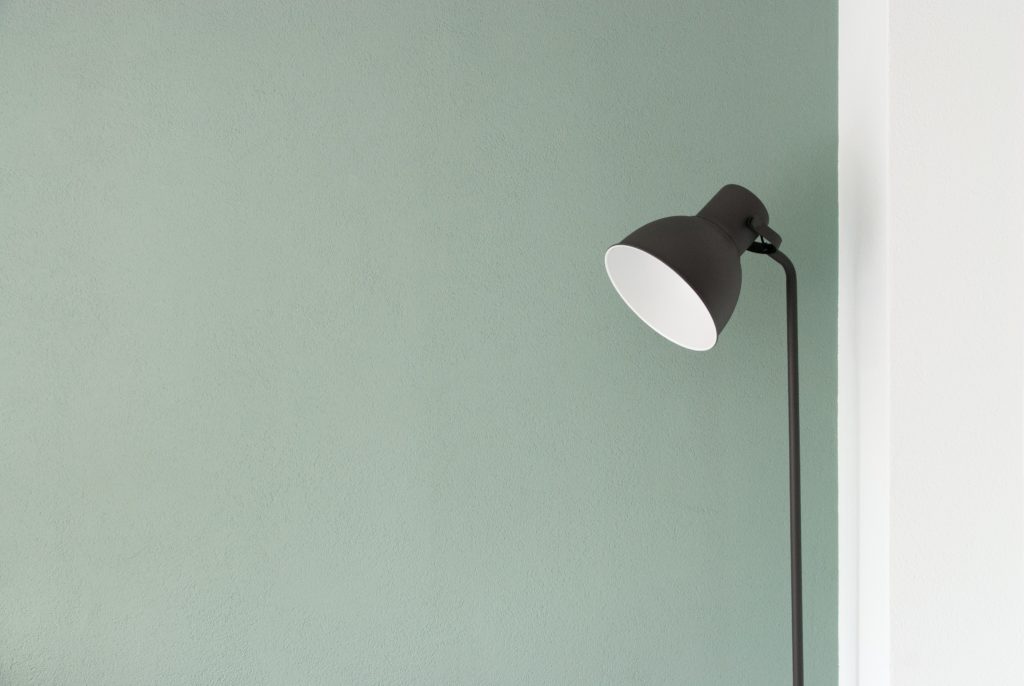
Insights
February 5, 2020Converting a sole proprietorship into a BV
A few years ago, you started working as a sole proprietor and your business is doing well. And so it’s time to turn it into a BV (private limited company)! In this article we explain how to convert a sole proprietorship into a BV.
In the blog Starting a sole proprietorship or starting directly as a BV, we explained why you should choose to start a BV and when you should opt for a sole proprietorship. If you started out as a sole proprietor, it’s possible to convert that sole proprietorship into a BV.
If you convert your business from a sole proprietorship into a BV, the Dutch Tax and Customs Administration will assume that you’ve sold the sole proprietorship to the shareholder of the BV (which happens to be you). The tax authorities then calculate the amount for which you would’ve sold the sole proprietorship to a random third party, and you have to pay income tax on this sum.
As you will understand, this can lead to unwanted situations. You’re made to pay tax on profits you haven’t made (since you’ve ‘sold’ the sole proprietorship to a BV of which you are the shareholder). In order to prevent this, the tax law provides an option of converting the sole proprietorship into a BV without having to pay on a fictious discontinuation profit. This is called a silent transfer and it comes with certain conditions.
Of course, you only pay tax on the conversion if the conversion leads to a taxable profit. If the company has no financial value yet, or if you’ve made losses in the past against which you can set off the profit, it might be interesting to opt for an asset-liability transaction, or a transfer of assets subject to tax.
Below, we’ll explain which options there are for converting your sole proprietorship into a BV, and which option is best in various situations.

Asset-liability transaction
This is the simplest method of converting into a BV. In an asset-liability transaction, all assets and liabilities (possessions and debts) of the sole proprietorship are transferred to the newly established BV.
Assets and liabilities can be goods such as a laptop or a car, but also contracts and bank accounts.
The disadvantage of this method is that you’ll have to pay tax on the so-called hidden reserves. This is the added value of the company besides assets minus debts. This is called goodwill and can have the form of e.g. a network, brand name, etc.
You can make use of the discontinuation deduction (€3,630) when the company is discontinued, so the tax assessment will be less high.
You can opt for the asset-liability transaction when you have a simple sole proprietorship, without hidden reserves that are too large. It’s a very fast and clear way of converting your sole proprietorship into a BV.
Transfer of assets subject to tax
The similarity between a transfer of assets subject to tax and the asset-liability transaction is that you have to pay tax on the hidden reserves. One of the advantages of the transfer of assets subject to tax is that you can use it retroactively. The decision for a transfer of assets subject to tax must be taken no later than 31 March of the current fiscal year. In this case, the business is deemed to be converted into a BV with retroactive effect from 1 January.
In case of a silent transfer, which we will discuss below, no other partners are allowed to join the BV. If you want to convert your sole proprietorship into a BV and you do want to add a business partner, you should opt for a transfer of assets subject to tax.
Another reason to opt for a transfer of assets subject to tax is if you still have losses to settle regarding income tax, e.g. because your sole proprietorship made losses in its start-up phase. In case of a transfer of assets subject to tax you pay tax on the hidden reserves, as mentioned. When you make profit on the hidden reserves, this can be offset against losses from previous years.

Silent transfer
When you convert a sole proprietorship into a BV by means of a silent transfer (or tax-free transfer of assets), the BV replaces the sole proprietorship at the same valuation of assets and liabilities. This means that, in contrast to the asset-liability transaction and transfer of assets subject to tax, no tax needs to be paid on the aforementioned hidden reserves.
This is, of course, very interesting because you don’t pay tax on profits you don’t actually make. The tax claim on the hidden reserves is passed on to the BV. This means you don’t pay tax at the time of the conversion, and the Dutch Tax and Customs Administration doesn’t miss out on tax income.
The silent transfer can also be used with retroactive effect, in this case nine months. This means that the intention to convert the sole proprietorship into a BV must be registered with the Dutch Tax and Customs Administration no later than 30 September.
In case of a silent transfer no other partners are allowed to join the BV.
The disadvantage of a silent transfer is that the law imposes a number of conditions in order to be allowed to make use of this arrangement. The main conditions are:
- The share capital of the BV is distributed among the founders in proportion to the capital of their respective businesses.
- At the time of the conversion, you should not have the intention to sell the business within three years from now.
You opt for a silent transfer when the sole proprietorship has hidden reserves and you have no intention of selling your company or allowing other partners to join.




